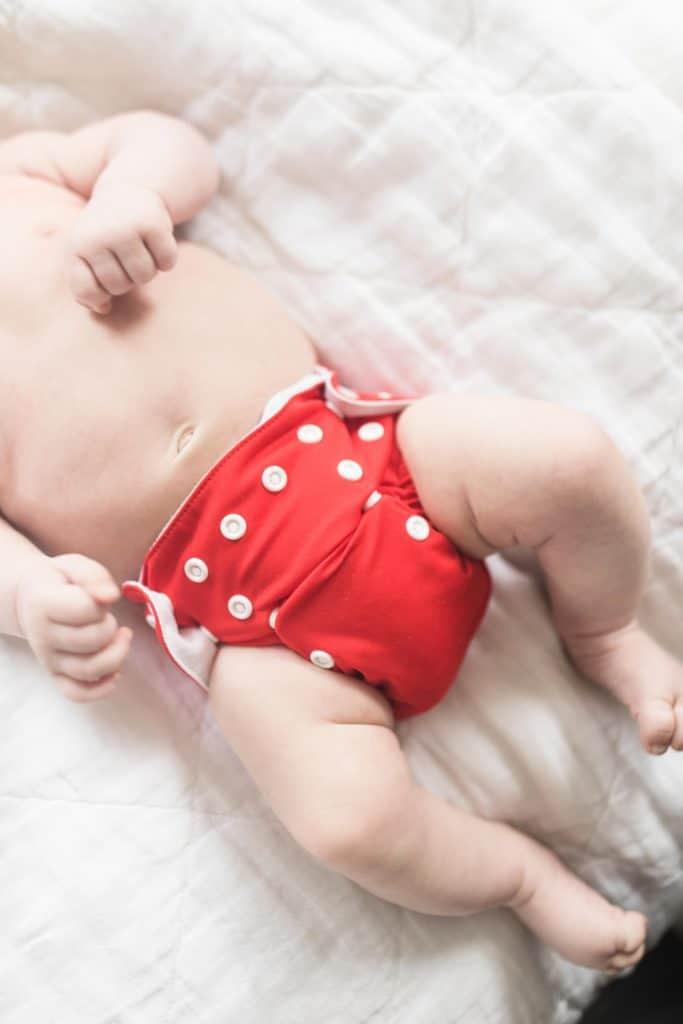In the world of parenting, few decisions spark as much debate as the choice between cloth and disposable diapers. Each option carries its own set of promises and challenges, weaving together threads of convenience, cost, environmental impact, and baby’s comfort. As parents strive to find the perfect fit for their family’s unique rhythm, the question remains: which diaper truly holds the crown? Join us as we unravel the layers of cloth and disposable diapers to help you make an informed choice that best nurtures your little one’s journey.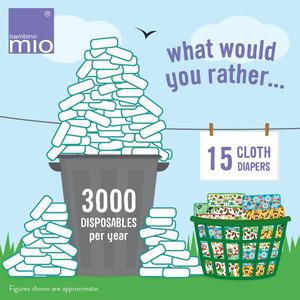
Environmental Impact and Sustainability Considerations
When considering the environmental footprint of diapering options, cloth diapers often come out ahead due to their reusability. Unlike disposable diapers, which can take up to 500 years to decompose in landfills, cloth diapers are designed to be washed and reused multiple times, significantly reducing waste accumulation. However, the sustainability benefits depend heavily on washing practices-using energy-efficient machines, cold water washes, and eco-friendly detergents can help lower the environmental impact. Additionally, choosing organic or sustainably sourced fabrics adds another layer of eco-consciousness to your diapering choice.
Factors influencing environmental impact include:
- Resource consumption in production and disposal
- Energy and water use for cloth diaper maintenance
- Biodegradability and landfill space occupation
| Aspect | Cloth Diapers | Disposable Diapers |
|---|---|---|
| Waste Generation | Minimal, reusable | High, single-use waste |
| Water Usage | Moderate, washable | Low (non-washable) |
| Decomposition Time | Months (natural fibers) | Up to 500 years |
Ultimately, the choice between cloth and disposable diapers involves balancing convenience with environmental responsibility. Parents aiming for sustainability may lean toward cloth diapers but should adopt mindful laundering habits to maximize benefits. Meanwhile, innovations in biodegradable disposable diapers and landfill management are gradually reducing their ecological footprint, offering new possibilities for eco-conscious families.
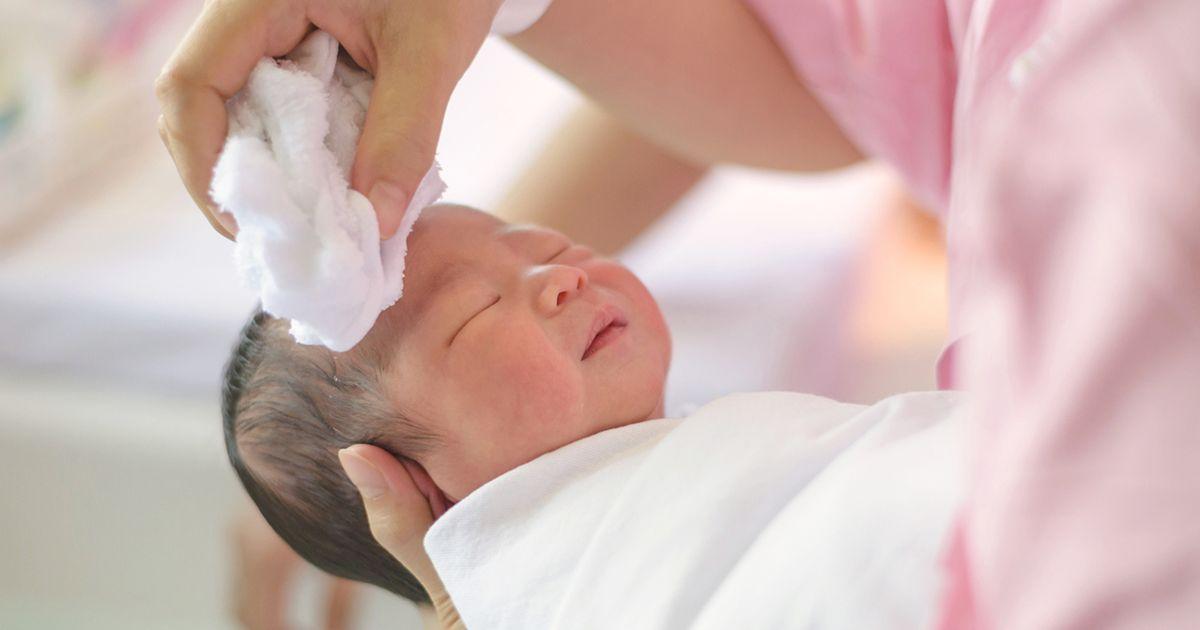
Comfort and Skin Health Benefits for Your Baby
Softness and Breathability: Babies have delicate skin that requires the gentlest care. Cloth diapers, often made from natural fibers such as cotton, bamboo, or hemp, offer a breathable and soft environment that reduces the chances of irritation and diaper rash. Unlike many disposable diapers, which can trap moisture against your baby’s skin due to their plastic-based inner lining, cloth allows better air circulation, helping to keep skin dry and comfortable. Parents often notice fewer instances of redness and chafing when using cloth alternatives.
Natural and Chemical-Free: Disposable diapers frequently contain chemical additives like fragrances, dyes, and absorbent gels that can sometimes cause allergic reactions or sensitivities. Cloth diapers, by contrast, are typically free from these harsh chemicals, making them a safer option, especially for babies with sensitive or eczema-prone skin. Using cloth could contribute to healthier skin by:
- Minimizing exposure to synthetic materials
- Encouraging regular washing routines that help monitor skin health
- Reducing the risk of heat rash due to increased ventilation
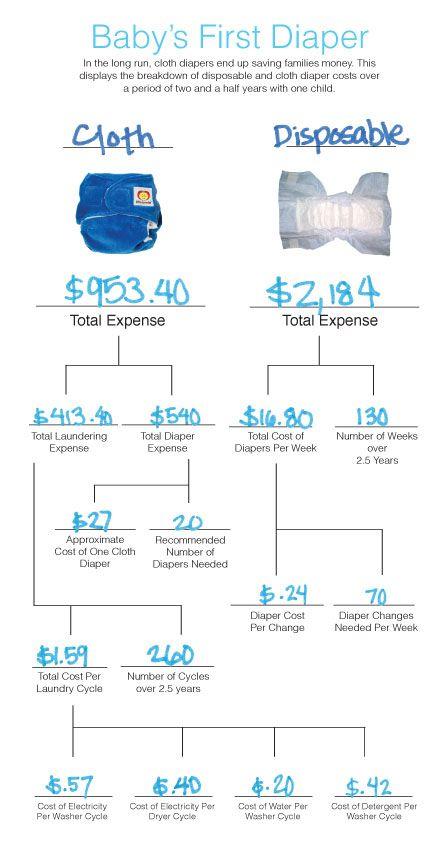
Cost Analysis and Long-Term Financial Outcomes
When weighing the financial impact of cloth versus disposable diapers, initial expenses and ongoing costs play pivotal roles. Cloth diapers require a higher upfront investment for purchasing multiple sets, laundering accessories, and detergent. However, their reusability can significantly reduce monthly expenses, especially if you plan to have more than one child. In contrast, disposable diapers demand continuous spending, which quickly adds up over the typical diapering years. Factors like brand preference, diaper frequency, and changing habits influence overall costs, but cloth diapers often prove more economical over time.
Consider these cost factors:
- Cloth Diapers: One-time bulk purchase, water and energy for washing, laundry supplies.
- Disposable Diapers: Ongoing monthly purchases, potential bulk discounts, waste disposal fees.
| Cost Aspect | Cloth Diapers | Disposable Diapers |
|---|---|---|
| Initial Cost | $150 – $300 | $0 |
| Monthly Expense | $10 – $20 (laundry) | $70 – $90 (purchase) |
| Total for 2 Years | $390 – $780 | $1680 – $2160 |
Long-term financial outcomes often favor cloth diapers despite their higher upfront cost. Families committed to sustainable choices can enjoy both environmental benefits and noticeable savings. With proper care, cloth diapers may last through multiple children, spreading the original investment further and diminishing recurring expenses. Meanwhile, disposable diapers, while convenient, create a continual financial drain that accumulates significantly as your baby grows. Considering both immediate budget and future savings can help parents make an informed decision tailored to their financial comfort and lifestyle.
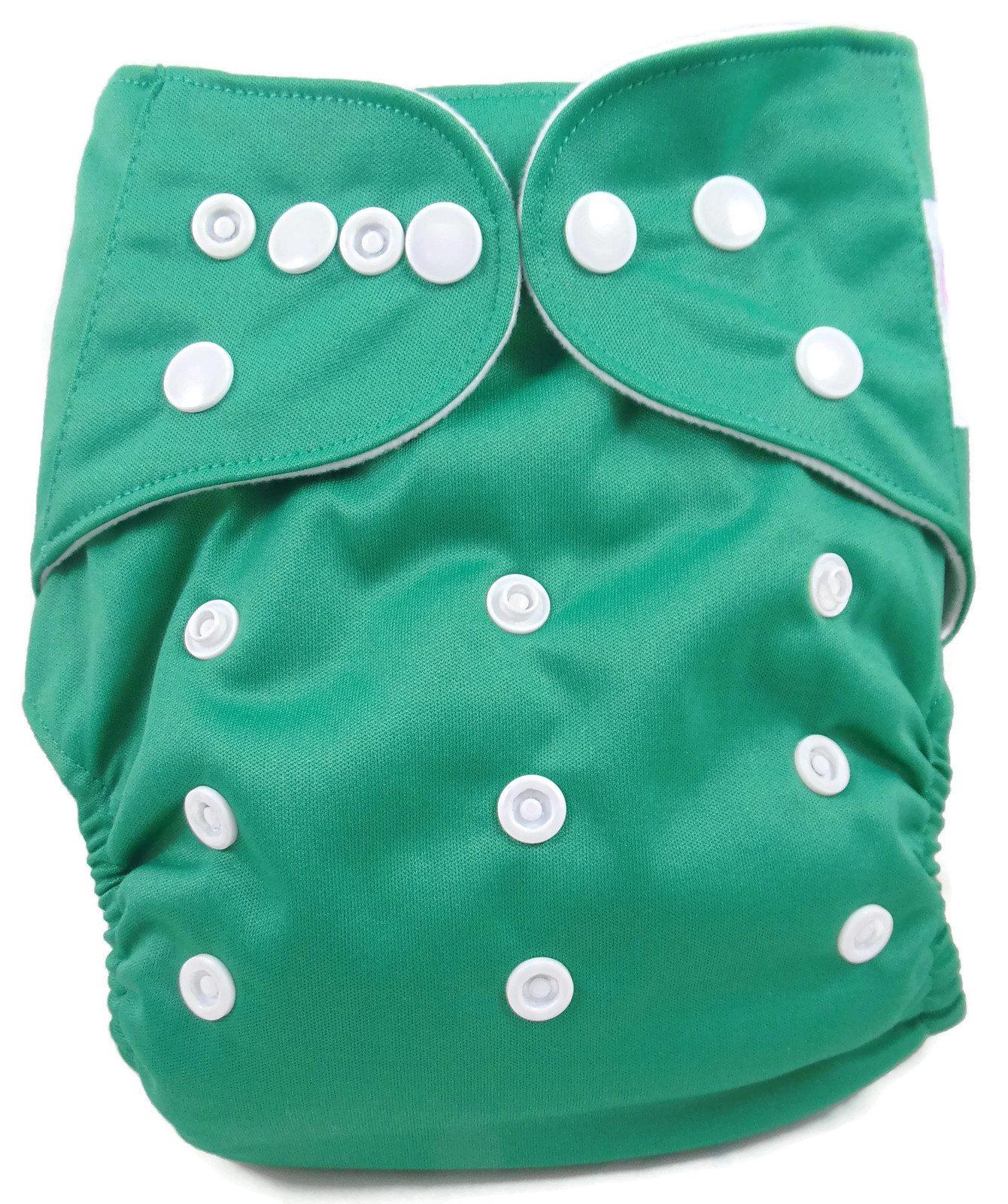
Practical Tips for Choosing the Right Diaper Type for Your Lifestyle
When deciding between cloth and disposable diapers, consider your daily routine and environmental priorities. Families with busy schedules might find disposables more convenient due to their easy disposal and less frequent laundering. Conversely, cloth diapers demand a bit more time for washing and maintenance but can significantly reduce waste and long-term expense. Think about your access to laundry facilities, the time you can dedicate to diaper care, and how much you value sustainability versus instant convenience.
Ask yourself these key questions to narrow down the best fit:
- Do you have reliable laundry options or prefer grab-and-go solutions?
- Are you looking for a budget-friendly option or willing to invest in upfront costs?
- How much do you prioritize environmental impact in your daily choices?
- Is your baby’s skin sensitive to disposables or materials in cloth diapers?
Balancing these factors will help you find a diaper type that supports both your lifestyle and your baby’s comfort.
| Factor | Cloth Diapers | Disposable Diapers |
|---|---|---|
| Convenience | Requires washing, more prep time | Highly convenient, no washing needed |
| Cost | Higher upfront cost, lower long-term | Lower upfront, higher over time |
| Sustainability | Eco-friendly, reusable | Single-use, more waste |
| Baby’s Skin | Natural fibers, less chemical exposure | Some may cause irritation |
Concluding Remarks
Choosing between cloth and disposable diapers is a journey that goes beyond convenience or cost-it’s a personal decision shaped by your family’s values, lifestyle, and baby’s needs. Whether you’re drawn to the eco-friendly charm of reusable cloth or the grab-and-go ease of disposables, what matters most is a diaper that keeps your little one comfortable and happy. In the end, the best choice is the one that fits seamlessly into your life, giving you peace of mind as you navigate the beautiful chaos of parenthood.
